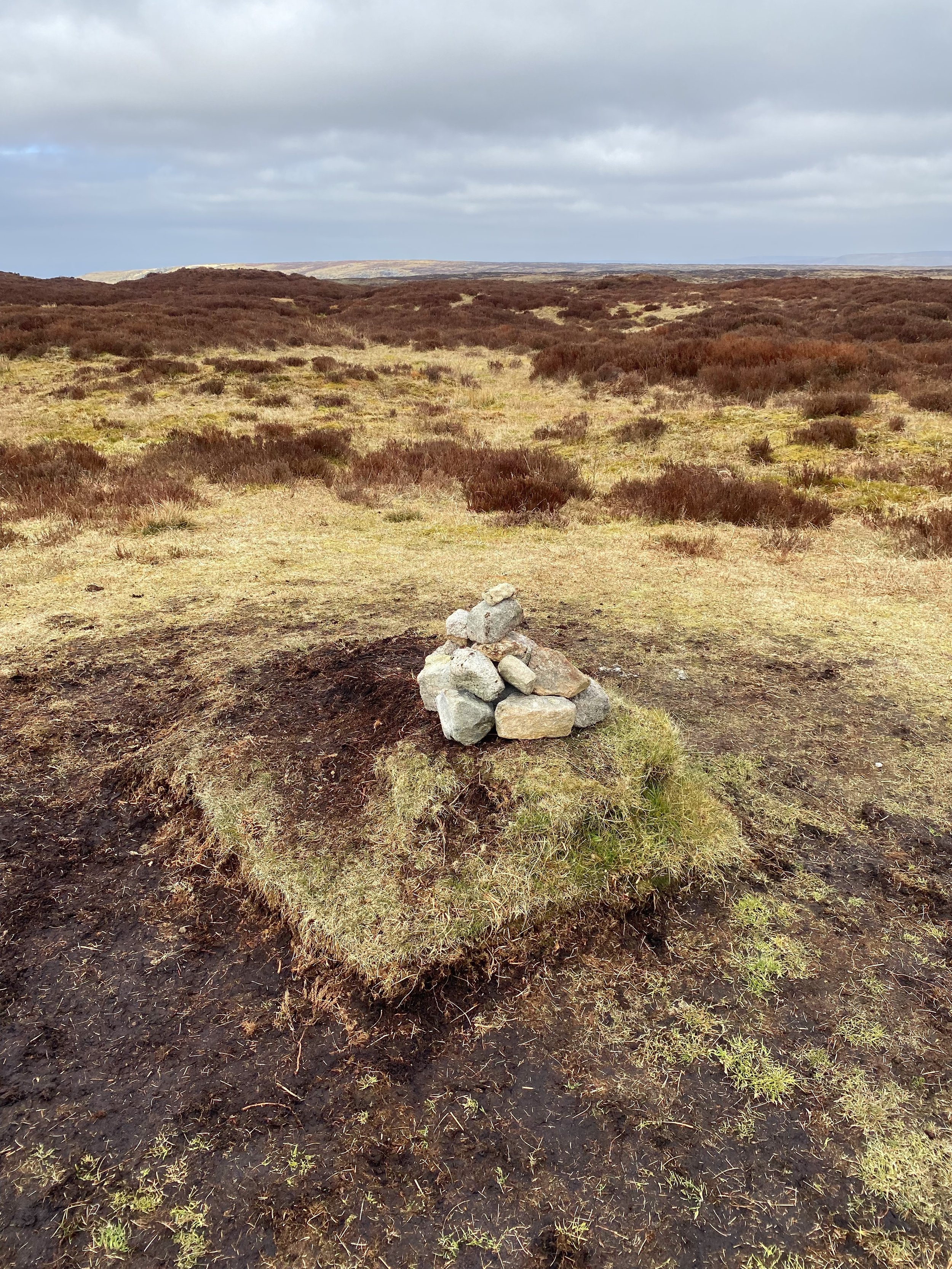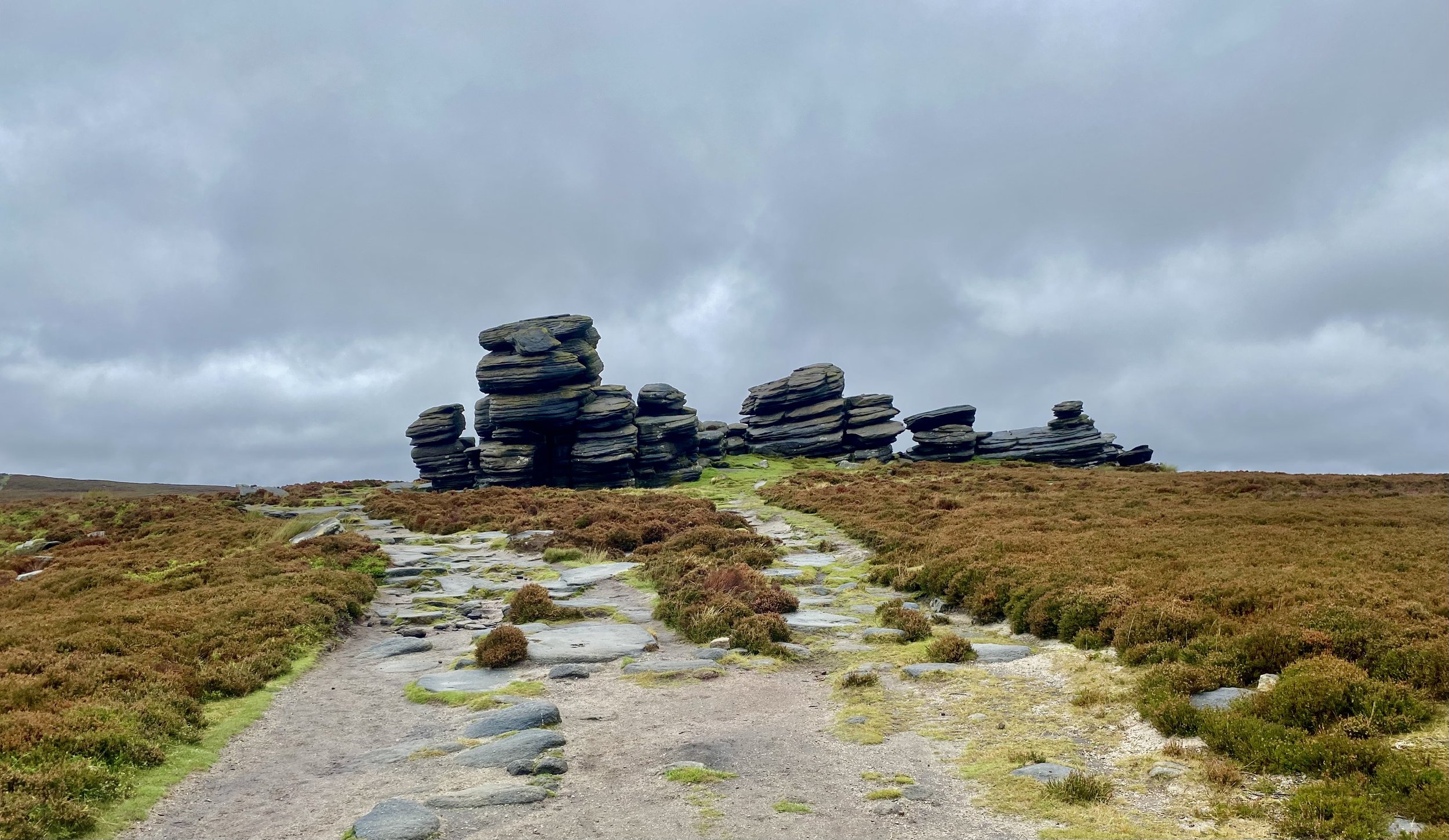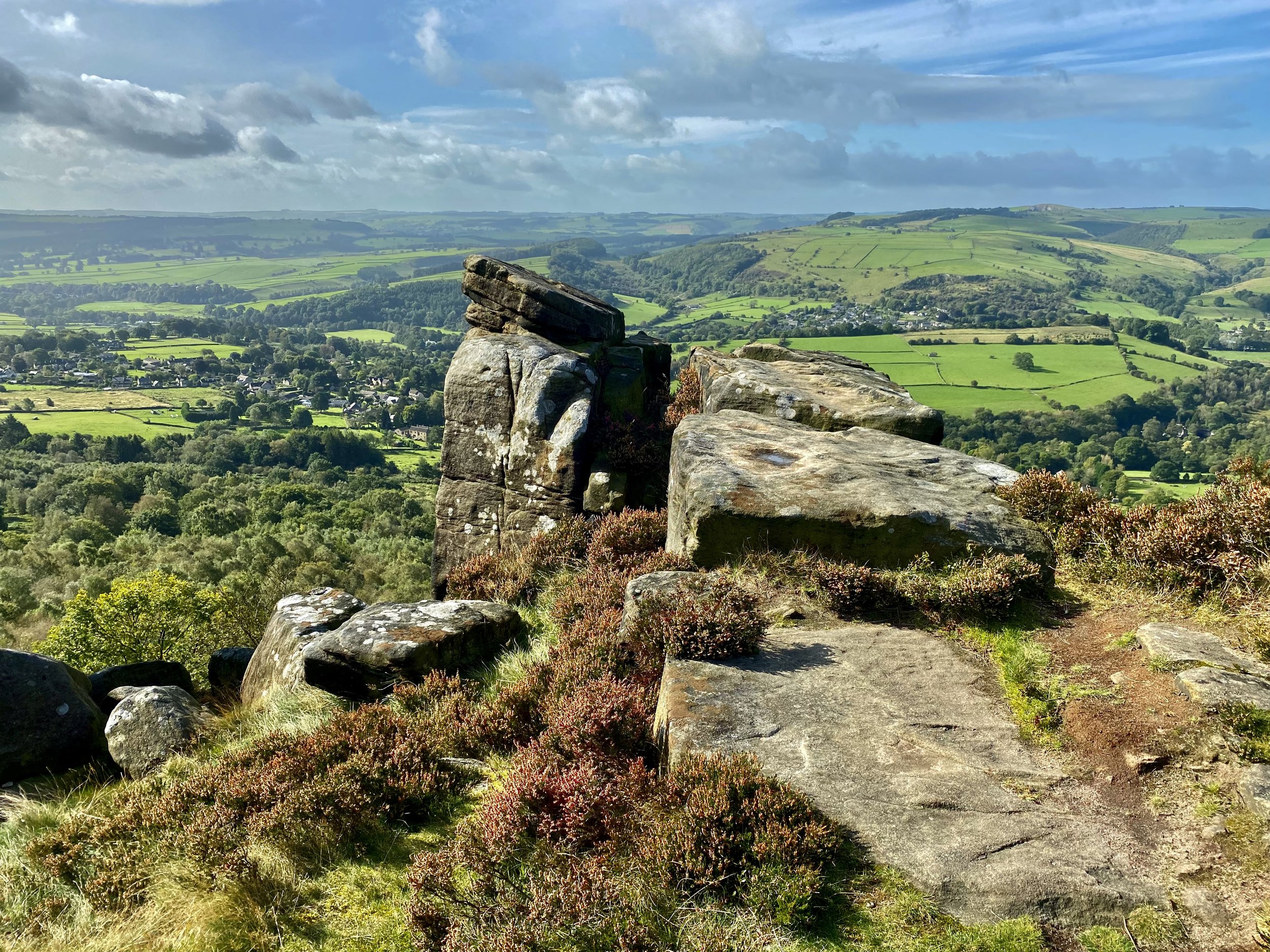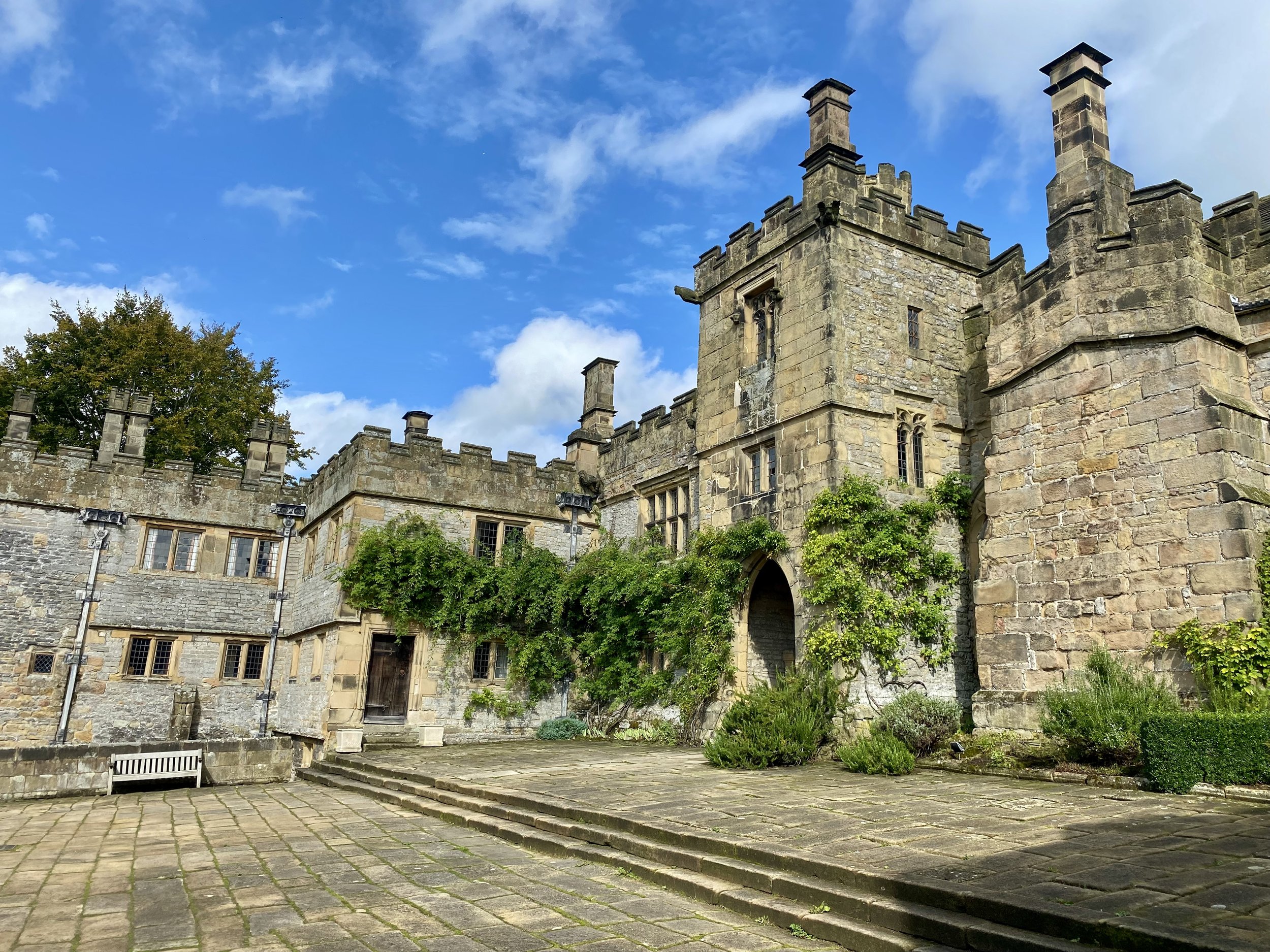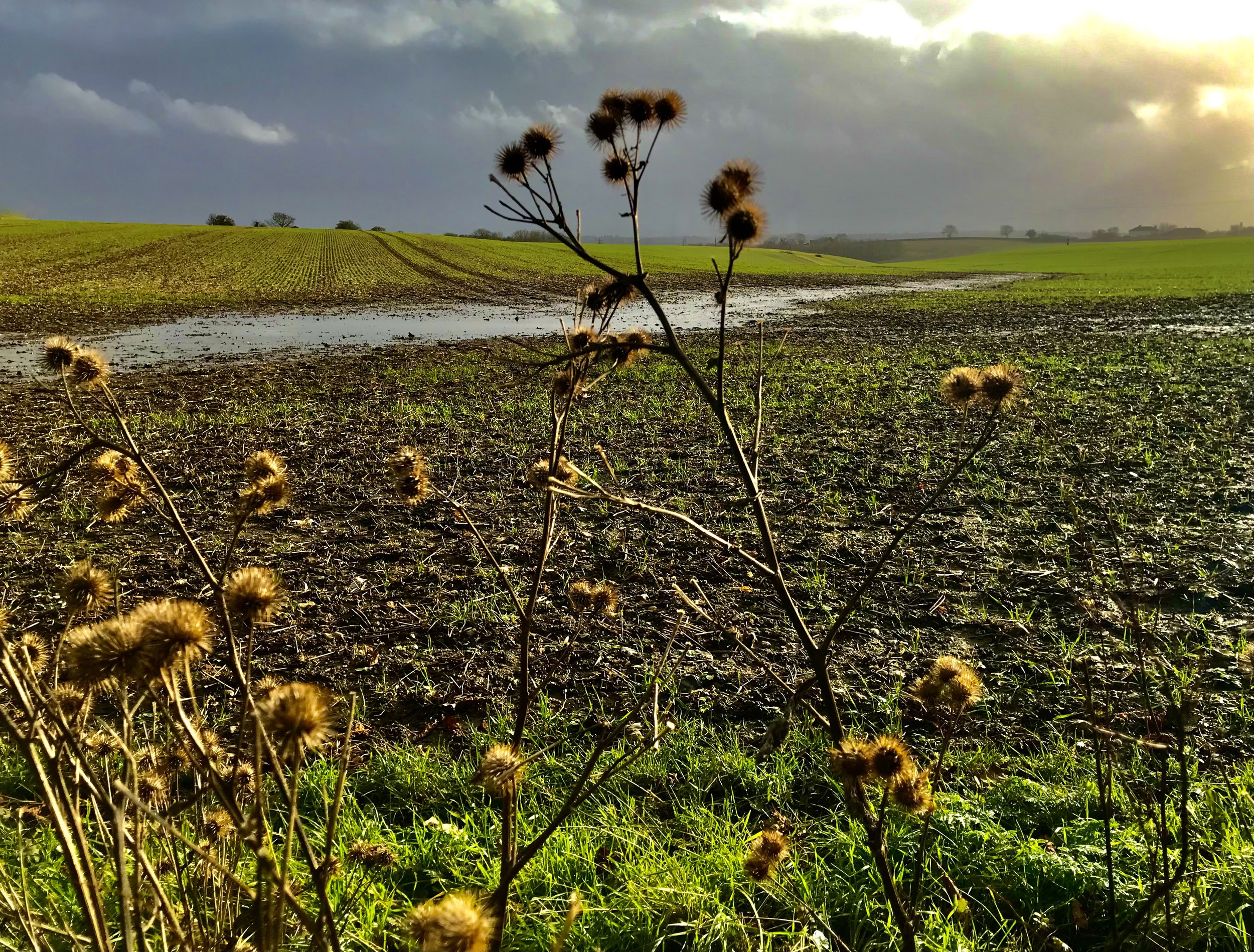Climbing Kinder
/the true summit of kinder scout
Our first trip of 2025 was to the beautiful Peak District, somewhere we have really grown to love. Our objective was to climb the region's highest summit, Kinder Scout, standing at 2088 feet and dominating the Vale of Edale. We booked into what turned out to be the most delightfully cosy and comfortable old stone cottage at the top end of Castleton which was very convenient for Winnats Pass as well as places to eat in the village.
We were out early on the first day, driving over the Pass and parking at Barber Booth before following a pretty lane to Upper Booth and briefly joining the Pennine Way. There was then a very steep but fairly short climb up onto the Kinder plateau where the wind was strong, but it was clear and thankfully not particularly cold. The bulk of Grindslow Knoll lay ahead of us, and from its rocky, exposed and much cooler summit were wonderful panoramic views.
From there, we dropped down slightly and followed Grindsbrook Clough on a wonderful high level path to the head of the valley, before heading roughly north east to Crowden Tower. Taking a well worn path from the Tower led us to the Wool Pack Stones, an area of gritstone rocks eroded into the most unusual and unique shapes, and in an area of heavy peat which was clearly being restored. We continued on to the Pym Stones, all of which made this section of the walk really different and interesting.
From the stones, we diverted across a large expanse of rough grass and bilberry, simply following the GPS as there was no discernible path. We soon reached the true summit of Kinder Scout, which was a fairly underwhelming small pile of stones on a grass mound, but the views were expansive. A narrow but well defined path from there brought us to the prominent trig point of Kinder Low before we headed steeply back down Jacob's Ladder to the beautiful old packhorse bridge over the River Noe. We then simply picked up the lane to Upper Booth again and followed it back to the car. It had been a windy and exhilarating walk, full of interest and thoroughly enjoyable.
The next day dawned wonderfully bright, sunny and warm. We had a leisurely, early walk around Castleton exploring every lane and path and quick wander up a deserted and much cooler Cavedale, before deciding it would be lovely to be up on Curbar Edge in the sun. It was absolutely glorious. We almost had the entire edge to ourselves and whilst it was breezy, it was wonderfully warm. Meandering along, we enjoyed the wonderful views before choosing a sheltered spot for an early lunch, carrying on to the end of Curbar then back again which was beautiful. Not really wanting to go back to the cottage, we crossed the road and went up onto Baslow Edge and walked from there to the Eagle Stone and on to the Wellington Memorial. Just stunning.
Our final full day found us up above Winnats Pass early, parking in a layby opposite the Mam Tor car park. There was a large group of paragliders in the field setting up and making their preparations before they headed up Mam Tor to launch. It was beautiful in the sun, and we had set our sights on climbing an Ethel (one of the 95 peaks over 400m), so we set off towards the interestingly named Slitherstone Hill. It was a gentle, easy walk over three permissible farm fields basking in the sun. It isn't possible to access the actual summit as it’s on private land, so we sat on a wall for a drink and to take in the views which was lovely and very quiet. We meandered slowly back again, stopping at the top of a small hill and watching the paragliders soaring over Mam Tor.
That afternoon, we relaxed a little in our sunny courtyard garden and had a final evening wander around Castleton before packing our things as we had a very early departure the next morning in order for Bro to attend a funeral in Hertfordshire. It had been a wonderful few days away and we were so lucky with the weather, but it was a shame we couldn't have stayed longer!
